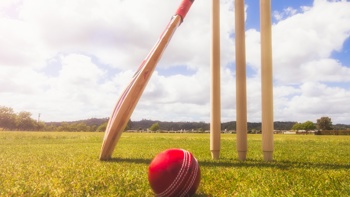A commercial fisherman says a gathering of about 50 bronze whaler sharks spotted in a feeding frenzy off the coast of Cape Kidnappers was an unprecedented sight during his 53 years at sea.
Hawke’s Bay’s Mike Terry said it was common to see groups of about 10 to 12 sharks following his vessel Atlantic Dawn to feed on discarded scraps, but he hadn’t witnessed anything like the school he videoed from his boat on Friday.
“I took a video because I have never seen anything like that myself, and I have been fishing for 53 years. There would have been 40 or 50 there, there was a heap of them,” Terry said.
Shark expert Clinton Duffy, a marine technical adviser for the Department of Conservation, confirmed the sharks were bronze whalers (Carcharhinus brachyurus), the most common large shark seen in coastal waters around northern New Zealand during summer.
“They occur every year in Hawke’s Bay and have been recorded breeding there in the past,” he said.
He said it was not unusual to see the species in Hawke’s Bay, but it was rare to see such a large group this far south.
“They do form schools, sometimes containing up to several hundred sharks, but the reasons for doing this are unknown and it seems to occur rather unpredictably.”
/cloudfront-ap-southeast-2.images.arcpublishing.com/nzme/HHDG4M6PBBG35EDQBMN67RKSQ4.jpg)
A large number of bronze whaler sharks were spotted off the coast of Cape Kidnappers. It is not unusual to see the species in Hawke's Bay waters, but sightings in large groups are less common. Photo / Mike Terry
“All previous records of such schools that I know of come from Bay of Plenty north.”
He said there wasn’t enough known about bronze whaler biology and behaviour to explain the phenomenon.
“For example, big schools are seen in winter and summer, so it is not related to the water temperature.”
While it is currently breeding season for sharks, from October to late February, he said this was not the root cause of their numbers.
“This is not a breeding aggregation, as the sharks are actively feeding [females stop feeding in the lead-up to pupping, presumably so they don’t accidentally eat their pups] and it is possibly too far offshore.”
DoC advises people to treat any large shark with caution and to stay out of the water if they want to observe them.
“Bronze whalers are not generally considered dangerous but can become aggressive towards people in the water with struggling fish, particularly spearfishers. Even so, they are generally considered more of a nuisance than a threat,” Duffy said.
Paul Dalton, Surf Living Saving New Zealand chief executive, told RNZ that while it was generally accepted shark numbers were growing, the risk from sharks was very low, especially compared with other beach hazards.
“The frequency [of shark attacks] is very, very rare compared to all the other hazards which are on the beach daily. If we are looking at priorities to prevent fatalities, the priority would have to be preventing people getting into trouble in the water with all the normal hazards, rather than worrying too much about sharks.”
He said rips, tides, waves, and holes created the most dangerous situations for swimmers.
Hawke’s Bay’s only known fatal shark attack occurred on December 20, 1896, and claimed the life of Bright Cooper. The attack, by what is believed to be a great white shark, took place about 25 metres off Napier’s Marine Parade beach.
Take your Radio, Podcasts and Music with you









